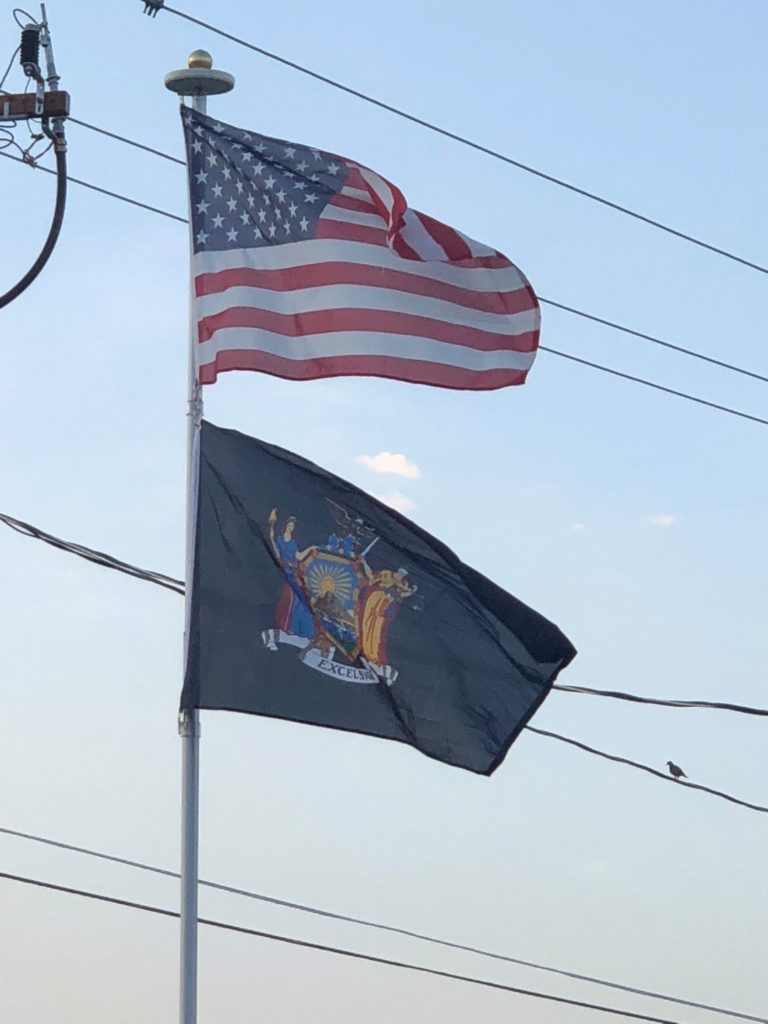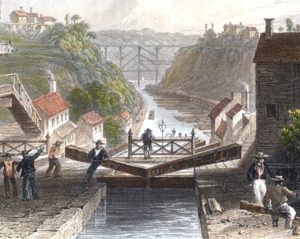
New York City was a major ocean port and had extensive traffic importing cotton from the South and exporting manufacturing goods. Nearly half of the state’s exports were related to cotton. At the same time, activism for abolitionism was strong upstate, where some communities provided stops on the Underground Railroad. Upstate, and New York City, gave strong support for the American Civil War.
Since the early 19th century, New York City has been the largest port of entry for legal immigration into the United States. Ellis Island opened on January 1, 1892, and operated as a central immigration center until the National Origins Act was passed in 1924, reducing immigration. After that date, the only immigrants to pass through were displaced persons or war refugees. The island ceased all immigration processing on November 12, 1954. More than 12 million immigrants passed through Ellis Island between 1892 and 1954. More than 100 million Americans across the United States can trace their ancestry to these immigrants.
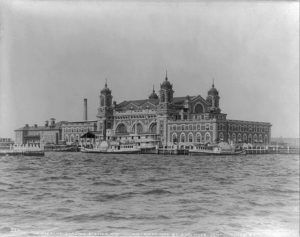
On September 11, 2001, two of four hijacked planes were flown into the Twin Towers of the original World Trade Center in Lower Manhattan, and the towers collapsed. 7 World Trade Center also collapsed due to damage from fires. The other buildings of the World Trade Center complex were damaged beyond repair and demolished soon thereafter. The collapse of the Twin Towers caused extensive damage and resulted in the deaths of 2,753 victims, including 147 aboard the two planes. Since September 11, most of Lower Manhattan has been restored. In the years since, many rescue workers and residents of the area have developed several life-threatening illnesses, and some have died.
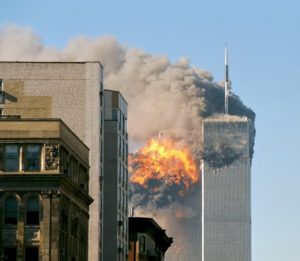
A memorial at the site, the National September 11 Memorial & Museum, was opened to the public on September 11, 2011. A permanent museum later opened at the site on March 21, 2014. Upon its completion in 2014, the new One World Trade Center became the tallest skyscraper in the Western Hemisphere.
On October 29 and 30, 2012, Hurricane Sandy caused extensive destruction of the state’s shorelines, ravaging portions of New York City and Long Island with record-high storm surge, with severe flooding and high winds causing power outages for hundreds of thousands of New Yorkers, and leading to gasoline shortages and disruption of mass transit systems.
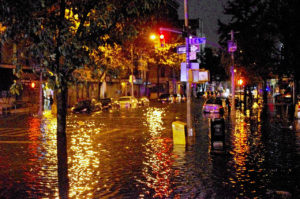
Economy:
New York’s gross state product in 2015 was $1.5 trillion. If New York State were an independent nation, it would rank as the 12th or 13th largest economy in the world, depending upon international currency fluctuations.
Anchored by Wall Street in the Financial District of Lower Manhattan, New York City has been called both the most economically powerful city and the leading financial center of the world.
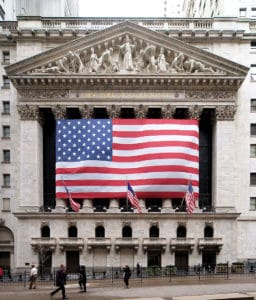
Silicon Alley, centered in New York City, has evolved into a metonym for the sphere encompassing the New York City metropolitan region’s high technology and entrepreneurship ecosystem; in 2015, Silicon Alley generated over US$7.3 billion in venture capital investment. High tech industries including digital media, biotechnology, software development, game design, and other fields in information technology are growing, bolstered by New York City’s position at the terminus of several transatlantic fiber optic trunk lines, its intellectual capital, as well as its growing outdoor wireless connectivity.
